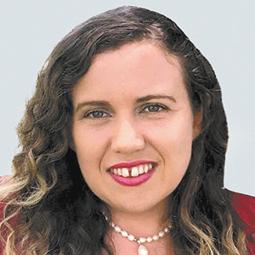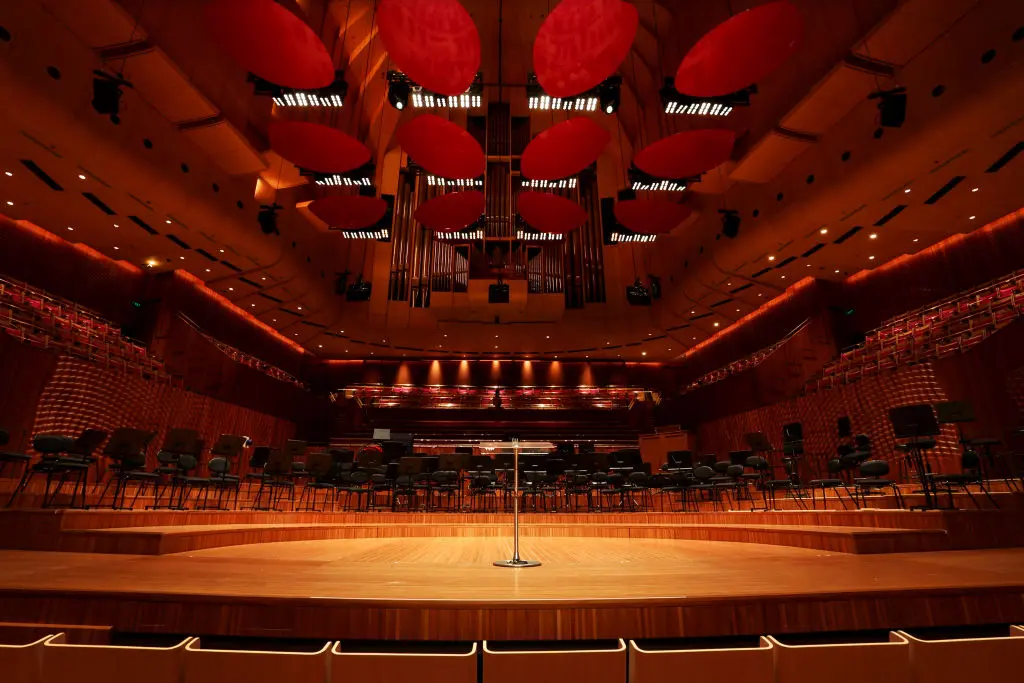Australia’s fertility rate has hit a low of 1.50 babies per woman, according to latest Australian Bureau of Statistics (ABS) data.
It is the lowest birthrate in the last 90 years of available demographic data, with teenage women having less children. The country saw a peak in fertility in 1961, with a rate of 3.5.





